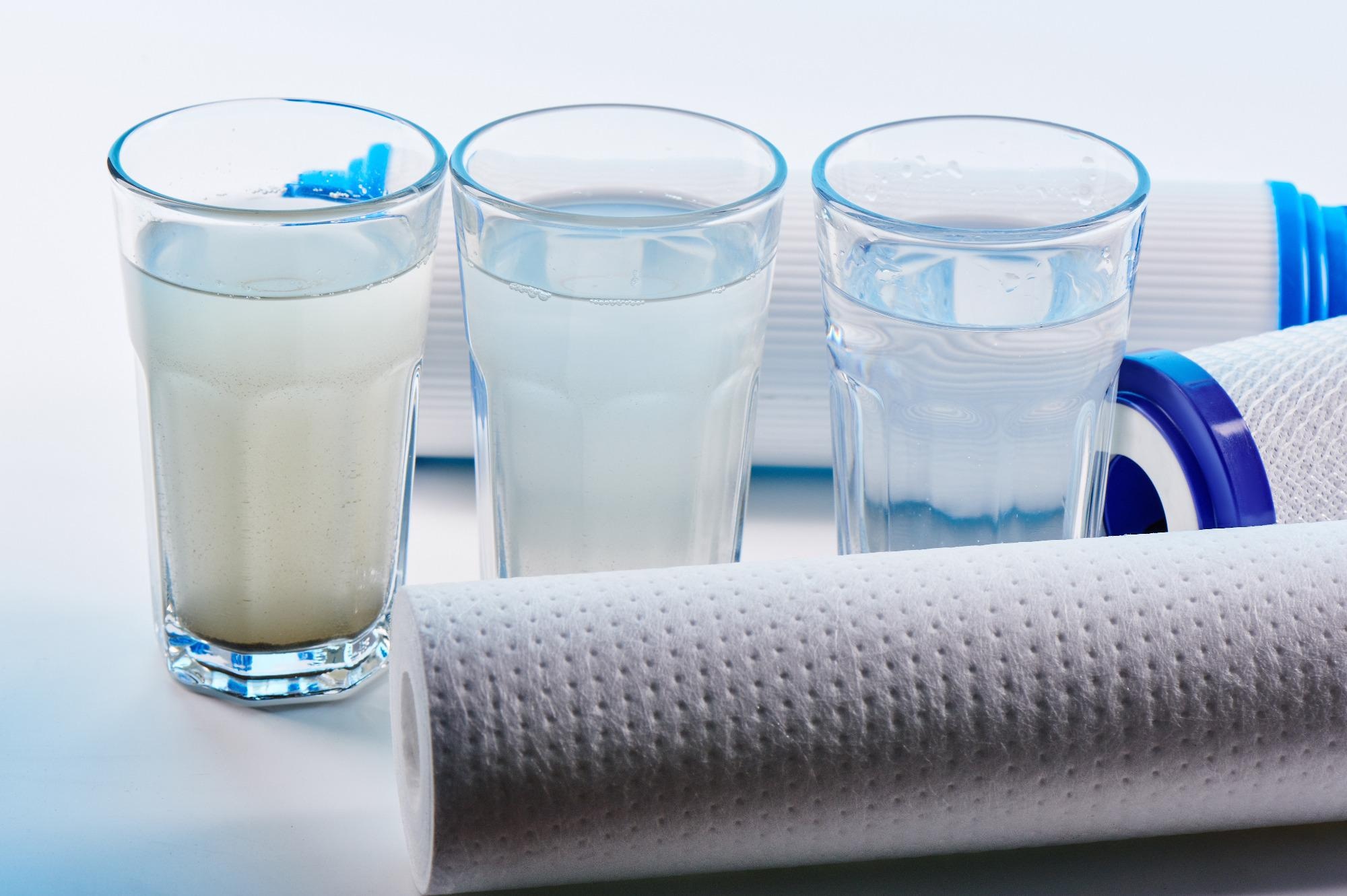Reviewed by Alex SmithSep 7 2021
Researchers at the Tufts University School of Engineering have designed a new filtering technology taking a cue from biology that could prevent a drinking water-related disease affecting tens of millions of people globally. It can also potentially enhance environmental regeneration, industrial and chemical production, mining, etc.

Image Credit: Shutterstock.com/ ivan_kislitsin
The researchers note that the novel polymer membrane is capable of separating the fluoride from chloride and other ions, which are electrically charged atoms with two times the selectivity reported by other techniques. It is reported that the application of the technology could prevent fluoride toxicity in water supplies where the component occurs naturally at a range too high for human consumption.
The study was reported in the journal Proceedings of the National Academy of Sciences.
It is familiar that introducing fluoride to a water supply can decrease the incidence of tooth decay, including cavities. A less known fact is that some groundwater supplies possess a high level of fluoride content, which can lead to severe health issues.
Long-time exposure to excess fluoride can cause fluorosis, a condition that weakens teeth, calcifies tendons and ligaments and even causes bone deformities. The World Health Organization assumes that high fluoride concentrations in drinking water have caused millions of skeletal fluorosis and dental cases globally.
The potential to eliminate fluoride with a relatively inexpensive filtering membrane could protect communities from fluorosis without the need to use high-pressure filtration or complete removal of components and then re-mineralize the drinking water.
The potential for ion selective membranes to reduce excess fluoride in drinking water supplies is very encouraging. But the technology’s potential usefulness extends beyond drinking water to other challenges. The method we used to manufacture the membranes is easy to scale up for industrial applications.
Ayse Asatekin, Associate Professor of Chemical and Biological Engineering, School of Engineering, Tufts University
“And because the implementation as a filter can also be relatively simple, low cost and environmentally sustainable, it could have wide applications to improving agricultural water supplies, cleaning up chemical waste, and improving chemical production. For example, theoretically the process could improve yields from limited geological reserves of lithium for sustainable lithium battery production or uranium needed for nuclear power generation,” added Asatekin.
The researchers designed the synthetic membrane by deriving inspiration from biology. Cell membranes are significantly selective in enabling the passage of ions into and out of the cell. They are also capable of regulating the internal and external concentration of ions and molecules with high accuracy.
Biological ion channels facilitate a more conducive environment for the passage of these small ions by lining the channels with functional chemical groups that have varied sizes and charges, as well as a different affinity for water. The interaction between the passing ions and these groups is influenced by the nanometer dimensions of the channel pores, and the rite of passage is affected by the weakness or strength of the interactions.
The researchers designed the filtration membranes by coating a zwitterionic polymer onto a porous support, making membranes with channels narrower than a nanometer enveloped by both water-repelling and positively and negatively charged chemical groups. A zwitterionic polymer is one in which molecular groups consist of closely linked positive and negative charges on their surface.
In the case of the biological channels, the very small size of the pores forces the ions to interact with the charged and water-repelling groups in the pores. This enables some ions to pass quicker than others. Regarding this study, the composition of the polymer was made to target the selection of fluoride vs chloride. By changing the composition of the zwitterionic polymer, targeting the selection of different ions becomes possible.
Many of the available filtering membranes separate molecules by notable differences in particle or molecular size and charge but face challenges in differentiating single atom ions from each other due to their small size and when their electric charges are nearly identical.
However, the membrane developed by the Tufts researchers can separate the ions that vary only by a fraction of their atomic diameter even when their electric charges are almost similar.
The research was financially supported by Zwitterco, a Cambridge-based company. The work will proceed to find ways to scale up manufacturing of the ion separating membranes to test their application in industrial conditions.